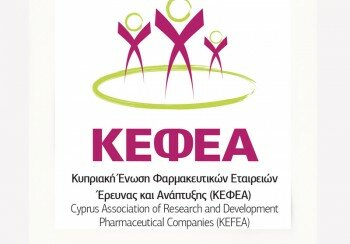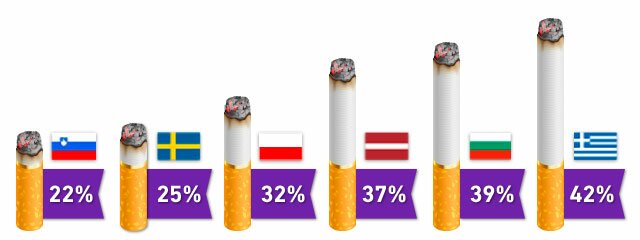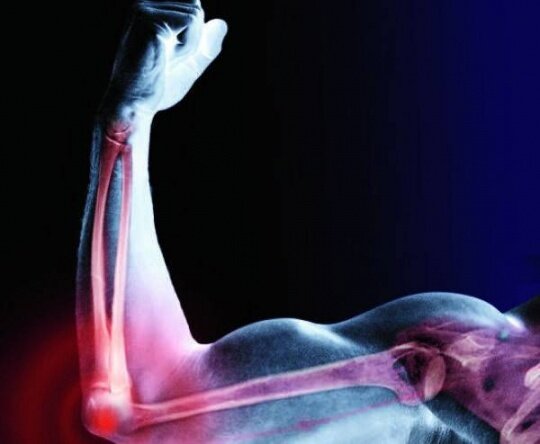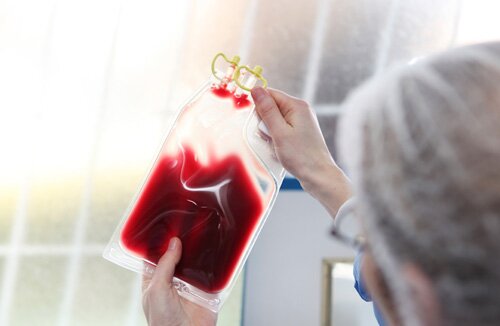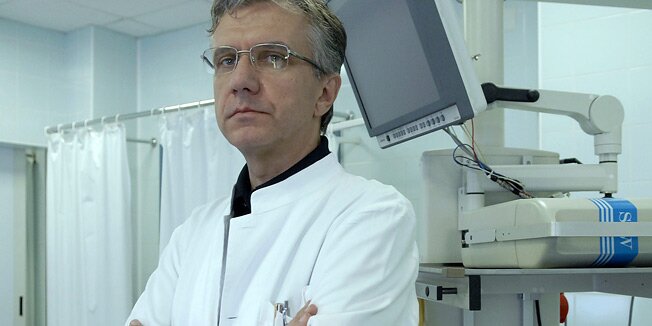KEFEA warns that Cypriot patients’ access to qualitative health care could be placed at risk
Constant references to “expensive” medicines and wrongful comparisons between the private sector prices in Cyprus and prices of other countries with comprehensive health systems, paint a distorted picture of medicine prices in Cyprus. The Cyprus Association of Research and Development Pharmaceutical Companies (KEFEA) denounces this attempt to mislead the public and clarifies that the pricing policy is defined by the state and there are no margins for profiteering by the pharmaceutical companies, as it has been implied.
Commenting on statements by Auditor General Chrystalla Georghadji at the House Committee on Development Plans and Public Expenditure Control that she had received threats due to her assertions on high medicine prices, as well as the reference by DIKO MP Georgios Prokopiou that he too had been subjected to interventions on the same topic, KEFEA is calling on the two officials to submit specific evidence, so as to avoid stigmatising persons and companies.KEFEA considers it an oxymoron that the Audit Office investigates data regarding medicine prices in the private sector, but never refers to the public sector, which services 80% of patients and where medicine prices are considered to be among the lowest in Europe.
Saddened by the fact that medicines in Cyprus are often seen as a consumer product and not a commodity, KEFEA warns that Cypriot patients’ access to qualitative healthcare could be placed at risk through incorrect actions and practices. It refers specifically to a number of innovative medicines that are available in other European countries, but are completely absent from state hospitals in Cyprus due to outdated procedures followed by the state in purchasing them. In fact, it is calling on the Audit Office to examine this matter, which is effectively hindering patients’ access to new, effective treatments, with the same zeal.
KEFEA remains a firm supporter of implementing the NHS, as it feels this will set aside these inequalities and allow the introduction of innovative medicines at fair prices. Concluding, it expresses concern over information claiming the proposed NHS may not be implemented or might be delayed.
KEFEA was established in 2006 and represents the innovative pharmaceutical industry in Cyprus. KEFEA’s members are the companies GSK, Lilly, MSD, Novartis, Pfizer, Sanofi and Amgen Hellas. Its mission is to provide Cypriots with innovative medicines. Among its objectives are to ensure uninterrupted access to medicines in the Cyprus market, provide qualitative healthcare, offer scientific educational information on diseases and treatments to healthcare providers, and ensure that European objectives regarding high healthcare standards are implemented in Cyprus.
Pin It








